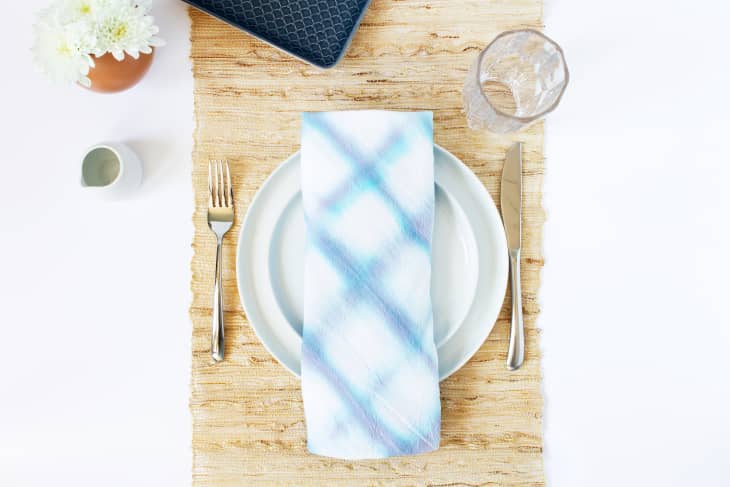9 Useful Ways to Use Up Food Coloring Outside of the Kitchen

I have a box of food coloring in my pantry that I’ve probably had for over a decade. (No, it doesn’t really expire.) I use it whenever one of my baking projects requires a colorful tint, but other than that, I haven’t had much use for those cute little primary-colored bottles in quite a while.
You may have a similar set of unused food coloring sitting in your kitchen. Here are nine useful or fun ways to use your food coloring and bring the rainbow to projects outside of the kitchen.
Tint Wallpaper Paste
Wallpaper paste is clear, so when you’re applying it to your wallpaper, it’s hard to tell whether you’re getting good coverage. Adding a few drops of food coloring to the paste, just until it’s very lightly tinted, will ensure good coverage and successful wallpaper application.
Make “Stained Glass”
You can make beautiful faux stained glass with any glass you have around, including jars, vases, or candlesticks. Mix school glue with food coloring to create any color you wish and then paint it on to color your glass. The best part is, you can scrub it off if you want a change (or need to color-coordinate with something new).
Customize party decorations
Whether you’re hanging streamers or making flowers from coffee filters, the ability to dye white products with food coloring to your own custom color opens up a world of creative possibilities. You can dye coffee filters to turn them into place settings or paper flowers. You can also dip-tint crepe paper for custom streamers. You could even dye doilies to match your other party decor.
Dye fabric
To jazz up your basic white cloth napkins or to cover up dingy stains on any white or light clothing, try dyeing them with food coloring. Soak them for a uniform look or get even more creative with tie-dye patterns or marbling. What you need for dyeing fabric with food coloring is the same as what you need when you dye Easter eggs with food coloring: vinegar, food coloring, and water.
Make custom tissue paper for wrapping presents
Dyed paper makes your present’s package as exciting as the thought of what’s inside. It’s fun to make and its vibrant colors are festive. You can make tie-dye tissue paper with food coloring or opt for a more traditional motif and use it to wrap presents or stuff gift bags.
Dye yarn
You can also use food coloring to dye yarn. Because food coloring is gentle, it’s a great choice for dyeing even delicate natural fibers (and they’ll hold the dye even better than synthetic options). Punch up the color in light neutral colored fibers or make your own mix of variegated yarn. And, yes, this also means you can dye your knit sweaters with food coloring.
Dye flowers
To softly tint flowers the color you choose, buy or pick white flowers such as chrysanthemums, daisies, or even white roses. Mix your food coloring into your vase water, and watch the show as your blooms slowly take on your chosen hue.
Temporary hair dye
Food coloring can also be used to dye your hair. It’s not permanent and it works best on light-colored locks, but food dye can impart a fun tone to your hair and can even correct color on hair that’s dyed traditionally.
Check for toilet leaks
Slow toilet leaks are silent and can cost hundreds a year in water bills. Checking to make sure your toilets are leak-free is as simple as adding a few drops of food coloring to your toilet tank. If the water in your toilet bowl gets colorful, you know you need to call a plumber.